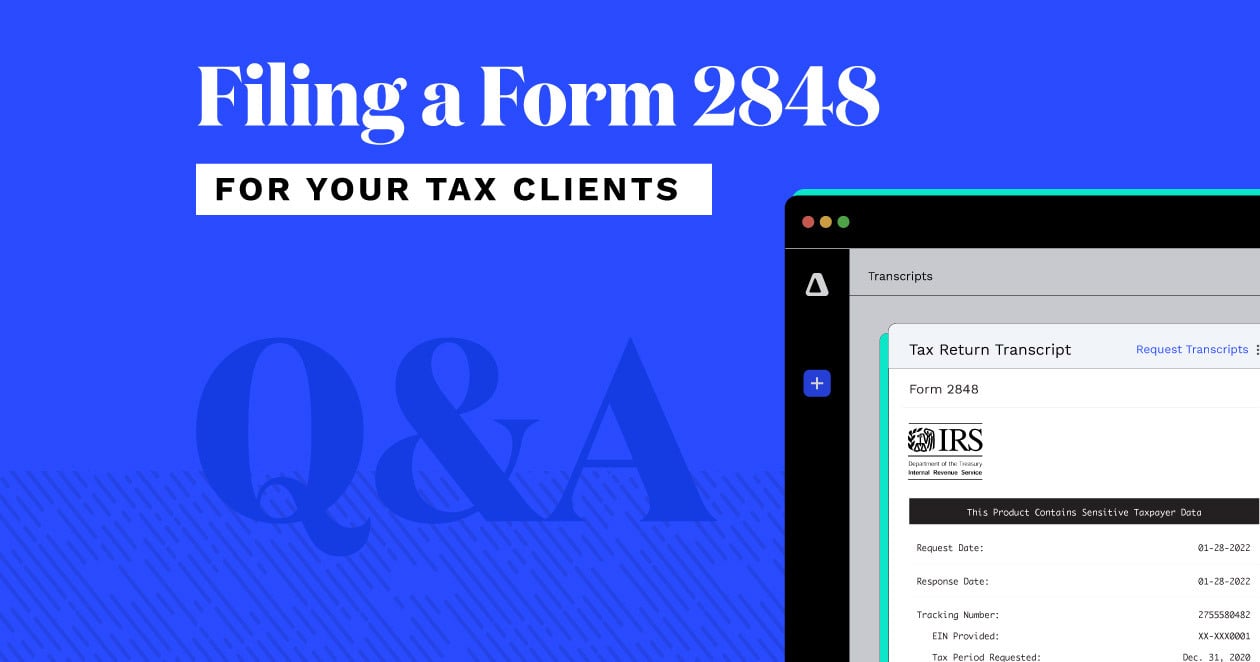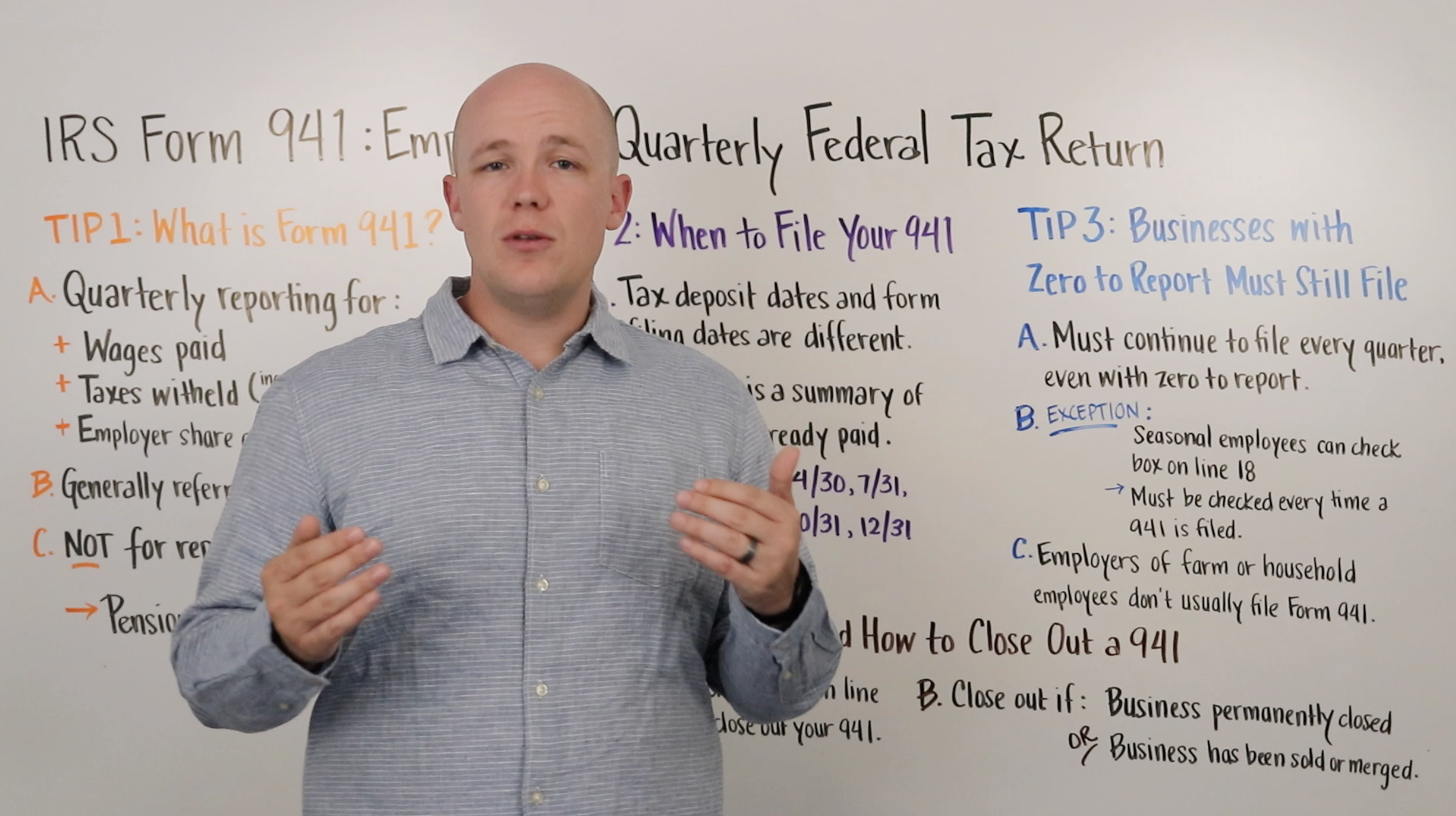IRS Form 2553, Election by a Small Business Corporation, is filed by a corporation or other eligible entity to make an election to be an S corporation under section 1362(a). Corporations are treated as C corporations unless the proper steps are taken to become an S corporation. Here’s a quick look at what you need to know if you’re helping a small business client who wants to make an S corp election.
Why you’d want to file Form 2553
One significant benefit of electing to become an S corporation is that an S corp’s net taxable income, in general, is taxed to the shareholders of the corporation, not the corporation itself. The income is shown on the shareholders’ personal returns and is taxed at their personal tax rates. S corporations can also write off start-up losses.
Additionally, an S corp’s net income is only taxed once. C corps, on the other hand, can potentially be taxed twice—at the corporate and shareholder level if dividends are paid out.
Who qualifies to make an S-Corp election
As great as an S corp election may sound, not all small business clients will qualify to make the election. There are quite a few requirements a business must meet in order to qualify. Those requirements include:
- The business is a domestic corporation or entity.
- All shareholders are U.S. citizens or residents. There are no nonresident shareholders.
- There are no more than 100 shareholders. Members of a family may be treated as one shareholder in this count.
- The only shareholders are individuals, estates, certain exempt organizations, or certain trusts.
- The business has only one class of stock.
- The business has or will change to one of the following tax years:
- A tax year ending December 31
- A natural business year
- An ownership tax year
- A tax year elected under section 444
- A 52-53-week tax year ending with reference to a year listed above
The business also must not be one of the following ineligible corporations:
- A bank or thrift institution that uses the reserve method of accounting for bad debts under section 585.
- An insurance company subject to tax under subchapter L of the Code.
- A corporation that has elected to be treated as a possessions corporation under section 936.
- A domestic international sales corporation (DISC) or former DISC.
Additionally, Form 2553 should be filed on time. If you file it late, you have some relief options that we talk about later in this post.
For more detailed information about the requirements to make an S corp election, you can check out the IRS Form 2553 instructions.
Form 2553 due date
In order for Form 2553 to be filed on time, it must be filed:
- Prior to two months and 15 days after the start of the current tax year that the S corp election is to take effect
- If you want to become an S corp in 2023, the due date is March 15, 2023
- Any time during the tax year prior to the tax year the S corp election is to take effect
Form 2553 late filing
Relief is available for late elections, but only if several conditions are met including:
- The corporation intended to be classified as an S corp as of the intended effective date of the election.
- The corporation had reasonable cause for missing the deadline.
- The corporation provides statements reflecting that every shareholder reported their income in a manner consistent with the corporation’s intention to file as an S corp.
Again, you should review the IRS resources and their Form 2553 instructions to be sure your client meets every qualification for late election relief. If they do meet the qualifications, you should file Form 2553 with FILED PURSUANT TO REV. PROC. 2013-30 written at the top and attach a statement explaining reasonable cause. Form 2553 and the statement must be signed by every shareholder.
Want more content similar to this? Sign up for our newsletter! 

Chris is a content manager for Canopy, joining the team with a combined eight years of experience as a copywriter, editor-in-chief, and content marketer. He's a skilled wordsmith and strategic thinker who shapes brand identity through compelling content and fosters a collaborative and innovative environment. With a passion for storytelling and a dedication to excellence, he is a driving force behind any company's success in content marketing. Champion of the Oxford comma.
READ MORE BY Chris






Get Our Latest Updates and News by Subscribing.
Join our email list for offers, and industry leading articles and content.